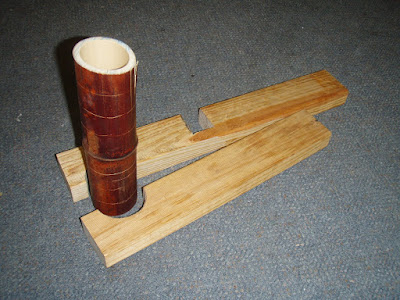During the initial stages of my flat pack concept I was very much focused on ideas of construction, material and community. My original idea was that a flat pack structure should be quick and easy to understand, assemble and disassemble. At the same time, however, the design of the flat pack system should also take into consideration the local environment, culture and materials and utilize them in the finished structure.
Since the structure of a building generally requires the highest level of technology and man hours to construct I focused on this element as my flat packing system. Initial ideas revolved around a lightweight steel arch made from triangular trussed elements which could be assembled quickly and easily by only one or two labourers.
The other major aspect of the system was the cladding which could be made from any readily available local material such as palm fronds or bamboo. Local labour and skills would be employed to ensure that there was a physical and tangible connection between the building and its occupants, which is particularly important in a community centre. I looked at traditional ways to join bamboo together and how that might be utilized in a cladding system, in particular a flexible system that could react to the climatic changes throughout the year. Another material that i focused on was the plastic bottle. In Timor Leste there is an abundance of plastic bottles due to the lack of fresh water, my aim was to incorporate these bottles into the foundation of the structures in order to create voids in the foundations and therefore save on materials.
Part of the inherent nature of flat pack architecture is that it has to be "packed" then transported. I looked into various methods of transportation and how might they be utilized for different cargo requirements and delivery times. For example a large heavy shipment of materials and tools would best be sent via shipping container, while a small lightweight structure or component that is needed quickly might be best sent via air freight.












EXPERIMENTAL MODELS





No comments:
Post a Comment